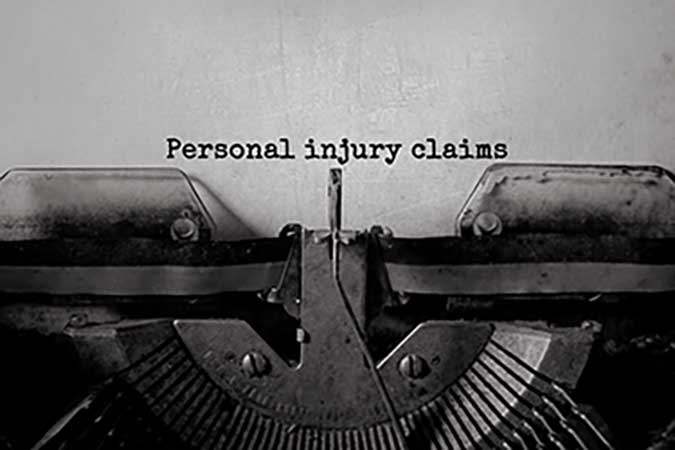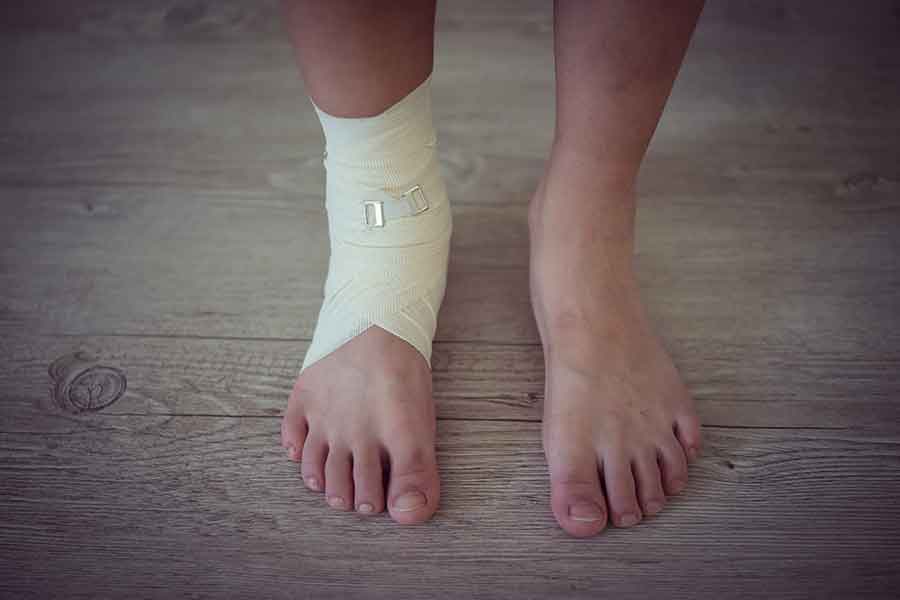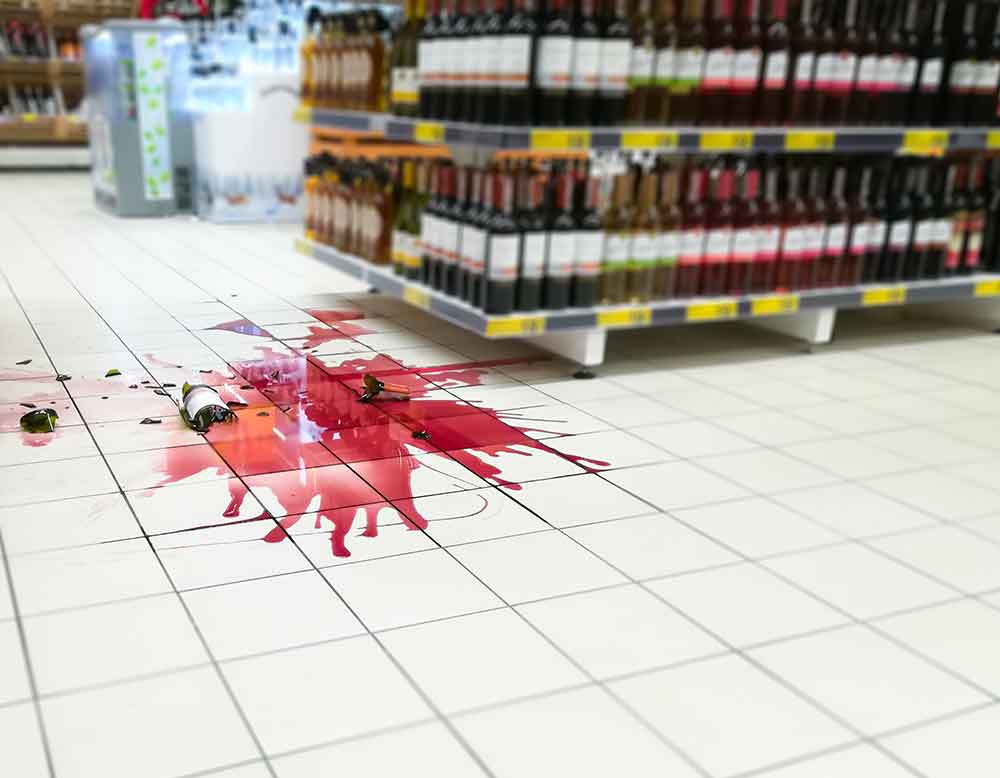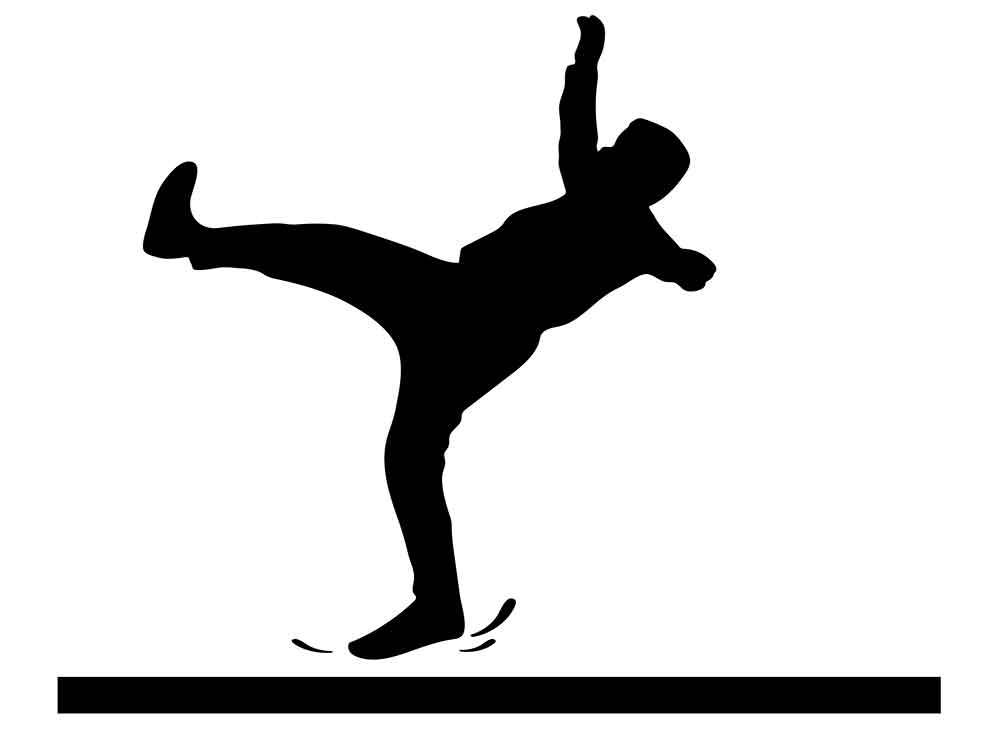 Slip and Falls
Slip and Falls
What is the Average Settlement from a Slip and Fall Case in Long Beach?
Oct 17, 2024 | Read Time: 4 minutesA slip-and-fall accident can leave you with severe life-altering injuries. The ramifications may leave you unable to work and participate in daily activities, forcing you to consider legal action. Often, accident victims ask us, What is the average settlement for a slip and fall case? While it is not the answer most people want to hear, the average slip-and-fall settlement in California can vary significantly depending on your case’s specific facts and circumstances. If you are wondering how much a slip and fall claim pays, we advise meeting with a slip and fall attorney to assess your case thoroughly. What Is the Average Settlement for a Slip and Fall? It is difficult and even inappropriate to confidently say the average slip-and-fall lawsuit payout for several reasons, mainly because most settlements are confidential and not publicly disclosed. No database or central location exists for reporting and tracking slip-and-fall injury settlement amounts. In other words, it is simply impossible to know what other people have settled their cases for. It is also difficult to formulate an average slip-and-fall settlement in California because each scenario is unique. While there is no formula or calculation for determining the average settlement, several factors will be considered. Severity of Injuries As you might imagine, one of the most prominent factors to consider in your slip and fall lawsuit payout is the severity of your injuries. Think about it: if you only suffer superficial minor injuries and are expected to make a quick recovery, your settlement is likely to be much less than someone who suffered severe, permanent injuries. The more severe and permanent the injuries are, the more medical care you are likely to need, increasing your settlement amount. For instance, if you break your wrist in a slip and fall but expect to make a full recovery without necessitating surgery, your damages are going to be less than someone who requires multiple back surgeries with a bleak expectation of a full recovery. Financial Loss Any potential settlement will also consider a slip and fall victim’s financial loss. There are many types of economic loss, but one of the most significant is lost wages and the loss of future earnings. If your injury causes you to miss work or makes you unable to return, you may be entitled to that compensation. Lost wages are intended to compensate you for any lost pay from the time of the accident until the settlement. Lost future earnings are designed to compensate you for any anticipated lost wages over your lifetime. For instance, if your injury is so severe that you will not be able to work for the remainder of your life, you will seek substantial compensation for that anticipated financial loss. You can also seek damages for diminished earnings if you are forced to take a job that pays less than what you previously earned. Other financial losses can include home or vehicle modifications and hiring outside help to assist you with household chores. Applicable Insurance Policy Maximums The defendant’s insurance policy will also play a significant role in the amount of your settlement. You may have a severe injury with exponential damages, but your settlement may not be much if the defendant has little to no insurance. Generally, a plaintiff is bound by the insurance policy limits available and can only collect up to the maximum policy limits. California Law Of course, any slip-and-fall case and potential settlement must be consistent with the applicable California law. California is a comparative negligence state, which means an accident victim can still recover damages even if they are partially at fault. Specifically, a plaintiff can still recover damages even if they are up to 99% responsible for their injury. The amount of fault will just reduce any settlement. Joint and Several Liability Slip and fall cases can be more complicated than you might think. Often, several parties may be liable for damages. Slip and fall accidents are considered premises liability claims. Property owners, business owners, managers, or outside vendors can be partially to blame for the dangerous conditions. Identifying all potentially responsible parties can be challenging to do on your own. It can take a thorough investigation to determine fault. A knowledgeable and resourceful personal injury attorney can assist you with identifying possible defendants. Other Factors Considered in a Slip and Fall Payout In addition to these five prominent factors, others will be considered in a slip-and-fall case. Whether the case settles or goes before a jury, additional factors to calculate your settlement include: Remember, each case is different, and each plaintiff is unique. There may be factors relevant to you that will not be relevant to someone else, even if the slip and fall are similar. The best way to determine the settlement you can expect is to consult a seasoned slip-and-fall lawyer for a case evaluation. Most slip-and-fall claims will settle outside of court, but we are ready to litigate your case before a jury if necessary. Get the Most Out of Your Slip and Fall Settlement in Long Beach, CA At The Beliz Law Firm, we are a small firm offering personalized attention to each case while still achieving large firm results. You may be entitled to compensation if someone’s negligence caused your slip and fall. At The Beliz Law Firm, we are always available to speak with you about your slip and fall claim and how we can help. Contact us today for a free case review.
Continue Reading


